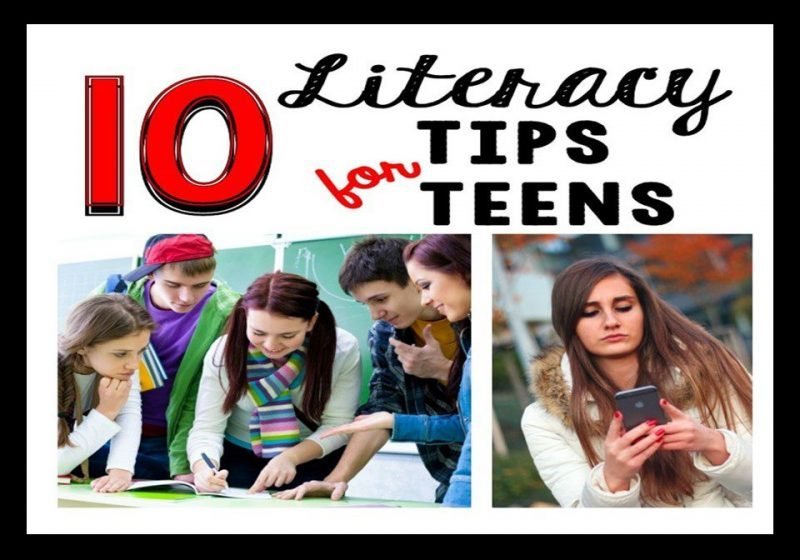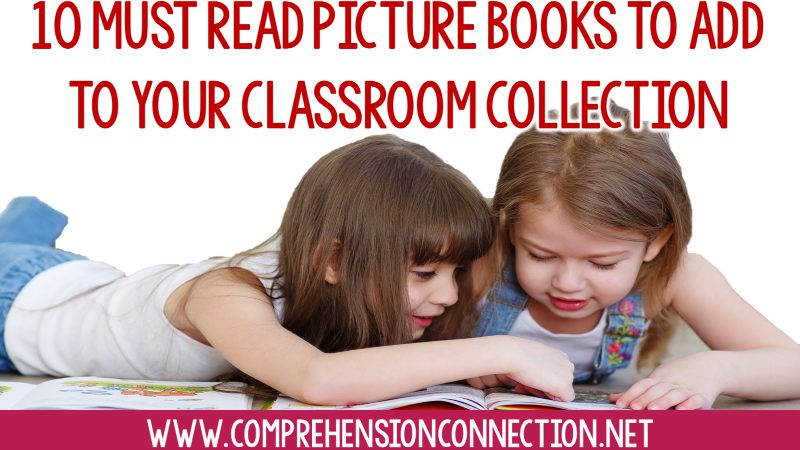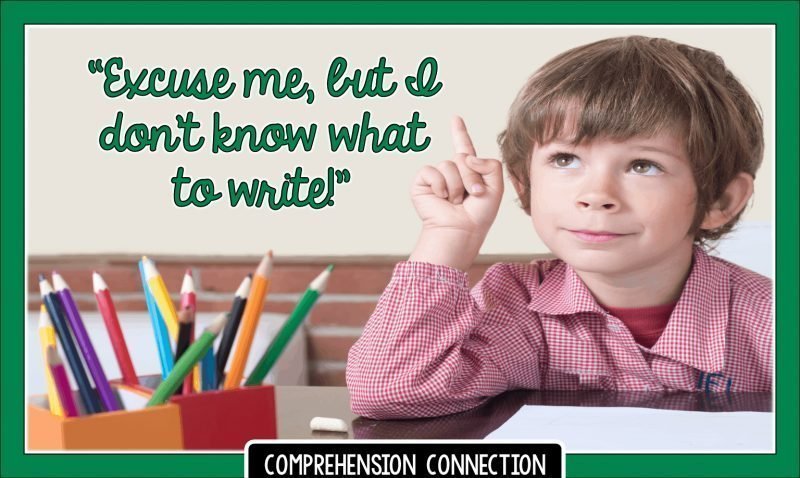
Writing traits and routines begin in the primary grades, and why not begin with consistent language? The Six Writing Traits offer that to us. They help our students spot the traits in material they read, know what to work on with their own writing, and direct us as teachers on what to teach our students. The six writing traits include writing ideas, voice, word choice, sentence fluency, organization, and writing conventions. So what should writing look like in the primary grades? Today, we will explore this topic.
Model Writing Traits with Shared Writing:
Most of my students are struggling readers and writers, so writing can be very frustrating. They struggle to come up with writing ideas and getting ideas on paper is another slow process. Scaffolding their learning is very important, so shared writing experiences work well, especially with K/1. Shared writing means we compose the paragraph together and share the pen. We discuss how we want the sentences to read, and I have the students tell me how to spell some of the words (we segment words by stretching them out by sound/syllable and tap each phoneme if needed). Shared writing allows the teacher to model spacing on the page too which is important as the students take over (I follow the I do, we do, you do model). As we are working on a shared writing piece, it’s the perfect time to talk about word choice, building ideas through discussion, sentence fluency, and voice. In fact, all of the traits. Students can visually see what we are talking about as we write and revise together.
Use Writing Frames to Scaffold the Writing Traits:
Another writing technique I use often with K-2 is the framed paragraph. These work well to reinforce comprehension too if the teacher would like students to respond after reading. With framed paragraphs, the teacher begins sentences and leaves the ending off. Students complete the writing by adding the ending details. I usually start with a topic sentence and have my students add in the details. Framed paragraphs are not typically used in the writing process, but they work very well in response to reading or as journal prompts. Again, we model organization and sentence fluency with frames. Later, with revision, a framed paragraph can be revised for voice and word choice too.
Use the Six Writing Traits to build the reading-Writing Connection:
Tying literature to the writing traits is very important for providing students with models of the Six Traits. Great literature shows students how to think as writers, gives them ideas, shows them how to structure a story or informational paragraph, provides them with vivid vocabulary (we should always point that out as we read to our students), and so much more. I love using read alouds for primary and upper elementary to introduce writing assignments and to model writing traits.
Great literature gets the creative juices flowing, and as a post reading activity, teachers can use strategies such as ABC Brainstorm or a Word Splash to get students thinking about their own writing. These group anchor charts can provide students with a word bank too which alleviates the stress students feel with thinking of words to use and spelling them (and we can introduce new vocabulary this way).
I think the best way to make writing fun is to choose your books first and draw from the books, writing prompts. As you select books, analyze them yourself for the Six Traits. Will you focus on the idea, organization, voice, sentence fluency, word choice, or the writing conventions? Most importantly, be sure to use a mix of fiction and nonfiction. (We tend to gravitate to fiction, but most reading students do for learning is nonfiction, so writing factual paragraphs helps students better understand nonfiction as readers).
Teach the Writing Process:
The last thought I had with primary writing is to be sure you use the writing process. Emphasize revising and use of the writing process terminology. Many students hate revising because they “want to get it right the first time”, but it’s important to learn how to cope with redoing work to make it better. Doing a mix of informal writing (journals, quick writes, responding to literature) and process writing helps students move along the continuum.

If progress doesn’t seem like it’s happening quick enough, pull out that writing sample you took the first week. You will feel very good about the progress once you make a comparison. Progress doesn’t happen overnight, but if we keep in mind that we are helping students learn to enjoy writing, feel comfortable with not having it perfect, and provide them with lots of opportunities, we will be building both their reading and writing skills. Remember…they go hand in hand!
OTHER WRITING TRAITS POSTS YOU’LL LIKE:
- HOW TO EFFECTIVELY USE THE FOUR SQUARE WRITING METHOD IN ELEMENTARY
- THE READING-WRITING CONNECTION MADE EASY
- HOW TO BUILD WRITING SKILLS USING THE SIX TRAITS: TIPS FOR ORGANIZATION
I hope you’ve learned at least an idea or two, but if not, be sure to visit the other links below. I also hope you’ll share your ideas too. Please add your link below or post a comment with your teacher tested ideas.
Until next time, happy reading!


















4 Responses
Thanks for the link, Carla! I will have to check that site out. I like to have my students use different colors when they edit or revise. Like red for editing and blue for revising. Sometimes that helps get them to do a little bit more.
Lori
Conversations in Literacy
Great idea…we skip lines and use revising marks for omit and insert. I love the different colors because they often overlook revisions they've made when they recopy for final. Thanks for dropping by, Lori!
The Writing Fix website is by all means the best website I have ever found for the Writing traits. I have used it for the past 2 years – it is a goldmine!!! You can take many of there lessons that are for other grade levels and adapt them to others.
I know! I thought the same thing. I find new things each time I visit. Definitely check out the Collaboration Cuties' post on The Red Sled. I love how they used the ideas from The Writing Fix and prepared a beautiful unit to go with it. I think that's the key to making great writers…find wonderful mentor texts, model/highlight the writing traits that work well, and get the kids to copy (the style). I used In November and Scarecrow by Cynthia Rylant in this way, and I was amazed at the final products. We're using Snowflakes Fall as the mentor text for this week. It is a freebie on our Adventures in Literacy Land Facebook page (Fan Freebie) if you visit/follow our facebook page between now and January 19.